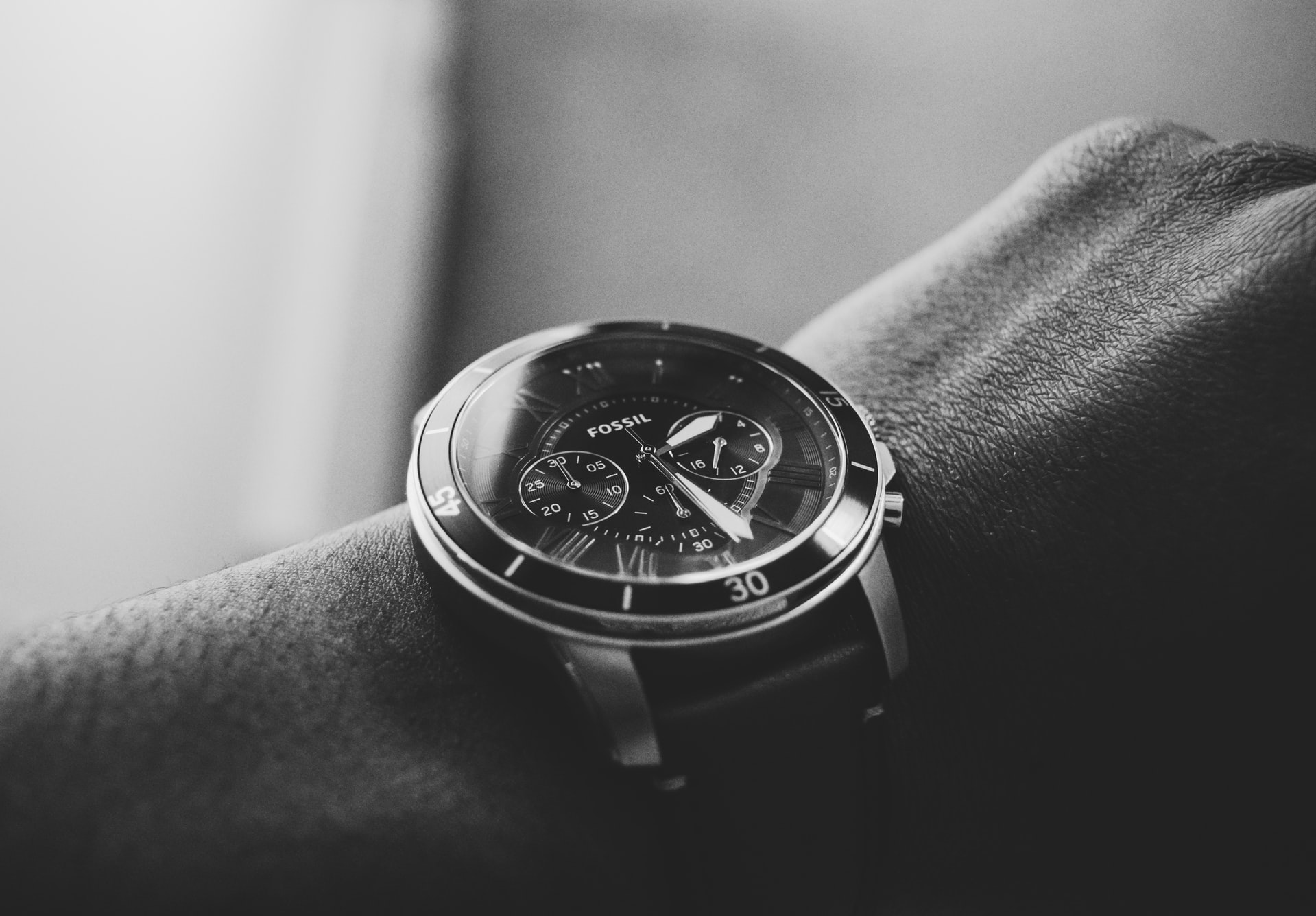
Buying luxury timepieces to sell it for a profit at some point in the future is undoubtedly a smart investment. And fortunately, the demand for high-end watches has never been greater. In 2016, Britain was the eighth largest market worldwide for luxury watches[1]. Since 2010, the value of Swiss watch exports sent to the UK has almost doubled, from SFr596m to SFr1.06bn ($1.06bn), sending the country ahead of previously stronger regions such as Singapore, Russia, and the Middle East.
However, forgeries are unfortunately all too common, so it is crucial to invest in legal advice and undertake thorough due diligence before investing thousands of pounds.
The history of the watch
For centuries, timepieces have signified wealth and class. Peter Henlein (also spelled Henle or Hele) (1485 – August 1542), a locksmith and clockmaker from Nuremberg, Germany, is often considered the inventor of the watch. Pocket watches began to be produced in the late 16th century, but they only showed time by the hour. Fashionable society had to wait until 1680 that before minutes were added.
The first wristwatch was created in 1812, to fit the wrist of the Queen of Naples; however, they had previously been introduced in the 1570s but were described as an arm watch.
In 1904, the Brazilian pioneer aviator, Alberto Santos-Dumont complained to his friend Louis Cartier of the unreliability and impracticality of using pocket watches while flying. Cartier designed a flat wristwatch with a distinctive square bezel. Santos-Dumont and many other customers adored the watch, thus the “Santos” was born.
This was Cartier’s first men’s wristwatch.
Now, 113 years later, people are still happy to pay many thousands of pounds for a prestigious watch. And Swiss watches, particularly the handcrafted mechanical variety, remain the gold standard. Every year, Basil, Switzerland, becomes the place to be for luxury watch collectors[2]. The World Watch and Jewellery Show sees around 150,000 paying visitors and 1,800 brands exhibiting each year.
Defying the digital age
Why, when most of us need only glance at our smart phone to establish the time, does the demand for luxury watches still prevail? Like all high-end items, exclusivity equals desirability. For example, Patek Philippe, the last independently owned watchmaker in Geneva increased its worldwide annual production from a mere 40,000 to 60,000[3]. Costs range from around £5,000 for the Calatrava and Aquanaut models to £1.7m for the Grandmaster Chime Ref 6300 in white gold.
The fact that watches are small and hand-made adds to their prestige. Watchmaking is a craft, handed down the generations and has essentially remained the same over the centuries. In each of the magnificent Grande Complication watches made by the International Watch Company (IWC), there are 659 parts. The Grandmaster Chime Ref 6300 holds 1,366 parts within a 16.1mm-thick case[4].
Then there is the celebrity factor. The Duchess of Cambridge often wears a Cartier Ballon Bleu watch. Brad Pitt is a brand ambassador for TAG Heuer, tennis superstar, Roger Federer endorses Rolex.
The threat of ‘marriage’ luxury watches
Luxury watches are particularly susceptible to forgery. Run a simple Google search for a well-known brand such as Patek Philippe or Rolex and you will find websites actively and openly advertising that they sell replica watches “indistinguishable from the real thing[5].”
As well as complete counterfeits, unscrupulous sellers can modify luxury watches, and often the changes are imperceptible to anyone who is not an expert.
The four ways luxury watches are modified are:
- The brand owner’s mark is “made over” by the reconditioner.
- The dial is completely repainted, necessitating the reaffixing of the mark.
- Fundamental parts of the timepiece are replaced. This arises where the reconditioner services the watch using non-genuine parts, not approved by the mark owner, but sells the product still displaying the original mark. That is, the internal mechanism is changed while the external parts are original and still bear the mark of the original manufacturer[6].
- The original movement of a reputable watch manufacturer such as Patek Philippe or Rolex is “married” to a new non-original case and dial—the union of the original movement to the non-genuine dial/case. This is known as a “marriage” watch or sometimes, in deference to modern ideology, a “partner” watch[7].
These types of scenarios not only deprive a buyer of a genuine item but may breach the manufacturer’s Trademark rights, even if the seller of the marriage watch provides a disclaimer stating the original movements are fitted into newly machined cases with the addition of modern dials and hands.
Protecting your investment
To ensure you receive the best return on your investment, it is essential to obtain legal advice when purchasing a luxury watch over the internet. Your solicitor can check the authenticity of the paperwork that comes with the watch, the watch’s provenance (history of ownership), and organise an expert to check its physical properties, such as its weight, movement, and markings.
When it comes to luxury watches, if it seems too good to be true it probably is. When making this type of purchase, you can really afford to take your time.
Saracens Solicitors is a multi-service law firm based in London’s West End. We have dedicated and highly experienced luxury market solicitors who can advise on all legal matters relating to purchasing fine watches and jewellery. For more information, please call our office on 020 3588 3500.
[1] https://www.ft.com/content/18b30fe0-9cfc-11e5-8ce1-f6219b685d74
[2] https://www.baselworld.com/
[3] https://www.theguardian.com/lifeandstyle/2016/oct/19/luxury-watch-industry-survive-digital-age
[4] Ibid
[5] Davies, C, A time for action: the growing threat of “marriage” (watches)
E.I.P.R. 2013, 35(10), 567-575
[6] Ibid
[7] Ibid
Table of content
Recent Posts
Lasting Power of Attorney (LPA) – 2025 Fee Increase Update
The UK government has confirmed that the fees for [...]
Mohammed Hijab Defamation Case – His Solicitors Perspective
In the pursuit of justice, the path is not always [...]
Dying Without A Will – Who Can Inherit Your Estate?
Having a Will is one of the most important things [...]
